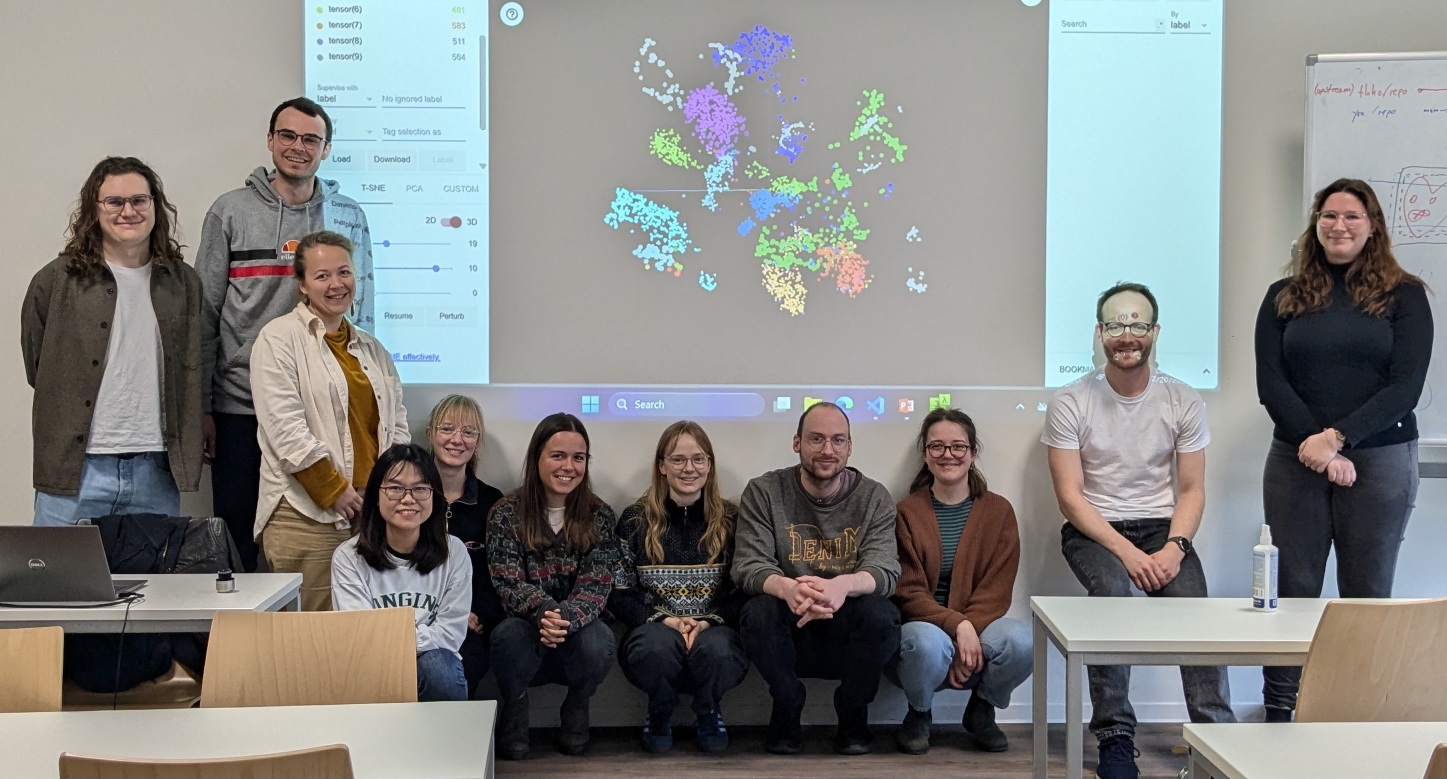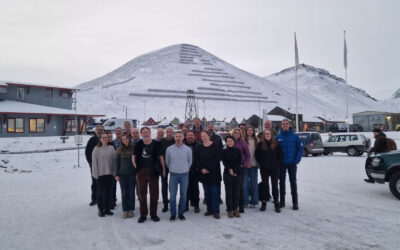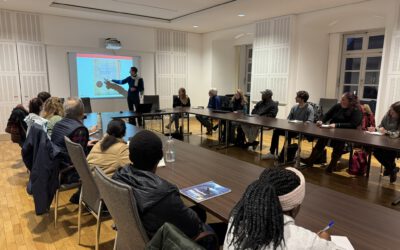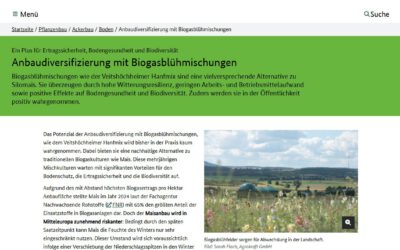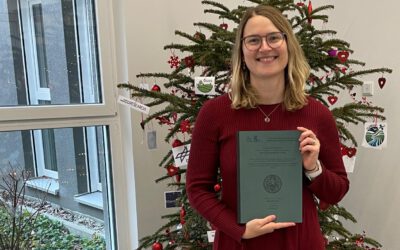This week Thorsten Hoeser, an expert in deep learning and data science, taught AI methods in remote sensing at our International EAGLE Earth Observation MSc Program. In this special module, Thorsten covered essential topics on the cutting-edge techniques for implementing scalable deep learning pipelines using PyTorch on the DLR High-Performance Computing cluster, Terrabyte.
Thorsten’s sessions dived into advanced areas of deep learning, providing students with hands-on experience in utilizing the high-performance resources of the DLR cluster to train models efficiently at scale. The focus of the module included:
-
Implementing Scalable Deep Learning Pipelines with PyTorch: Students learned how to leverage the DLR Terrabyte cluster to accelerate model development and handle massive datasets for Earth observation tasks.
-
Experiment Tracking and Training Metrics Interpretation: Thorsten guided students on how to manage and track their experiments effectively. Participants learned to interpret key training metrics for improved decision-making and model performance optimization.
-
A Data-Centric Approach to Model Training and Improvements: Moving beyond traditional model-centric views, Thorsten emphasized the importance of data quality and optimization. This perspective will enable students to understand how to refine and improve models through careful data manipulation and understanding.
This training, powered by the DLR Terrabyte cluster, aims to equip students with the skills needed to implement robust, scalable, and efficient deep learning solutions, critical for addressing complex Earth observation challenges.
you may also like:
A Thank You for a Remarkable 2025 🌍
As 2025 draws to a close, we at the Earth Observation Research Cluster (EORC) would like to take a moment to reflect on an inspiring and productive year—and to say thank you to everyone who made it possible - from EORC staff, EAGLE student to our collaborators. This...
EORC participates in Svalbard vegetation and biomass monitoring workshop
Recently, EORC researches and partners participated in the SvalbardMonitoring workshop, a four-day event organized by the Norwegian Institute for Nature Research (NINA) in Longyearbyen, Svalbard. The workshop focused on Arctic vegetation and biomass research, with a...
Exploring Innovative Science Communication: A Visit to Würzburg City Hall
As part of our seminar “Perspectives on Innovative Science Communication”, in which we are developing an exhibition on young scientists and future-oriented topics in Würzburg and its partner city Mwanza in Tanzania, we recently visited Würzburg City Hall. City...
Remote sensing insights into biogas flowering mixtures
Perennial wildflower mixtures are gaining importance as an alternative to maize in biogas production. As highlighted in the praxis-agrar article on crop diversification with biogas flowering mixtures, they combine agricultural use with clear ecological benefits....
EORC Contributions to the Centenary Atlas of the Geographical Society of Würzburg
EORC Contributions to the Centenary Atlas of the Geographical Society of Würzburg (with German version below) Satellite-based Earth observation has become a cornerstone of contemporary geographical research, particularly for analyzing global dynamics, environmental...
PhD submitted by Julia Rieder
We are pleased to share that our PhD student Julia Rieder has successfully submitted her doctoral thesis! Her dissertation, entitled “Abiotic and biotic drivers of drought responses in European beech (Fagus sylvatica L.) inferred from field and LiDAR data”,...

